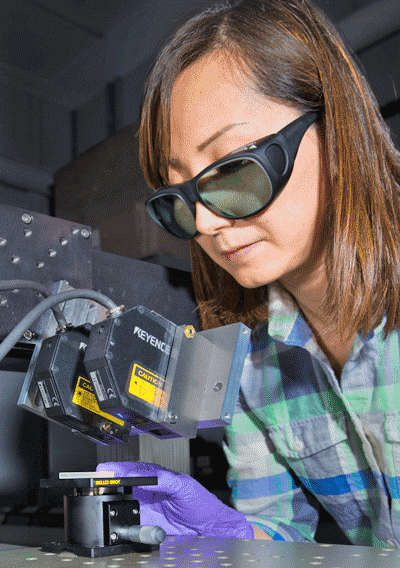Let’s say you’re a biotechnologist working to develop new medicines or a better test for forensic analysis. You might find yourself frequently using absorbance spectroscopy, a technique that allows researchers to identify even small amounts of a substance (such as DNA) or an antibody based on how it absorbs light.
|
ADVERTISEMENT |
To support these kinds of day-to-day measurements by people in the biotechnology community, NIST’s Material Measurement Laboratory (MML) recently developed a new standard reference material (SRM) designed for use with samples where only a small amount of the material is available. The new NIST resource, called SRM 2082, consists of two separate solutions, one of tryptophan, an amino acid, and one of uracil, a nucleic acid found in RNA.

Wei Ren with the triangulation probe and a cuvette. J.L. Lee/PML
…
Add new comment